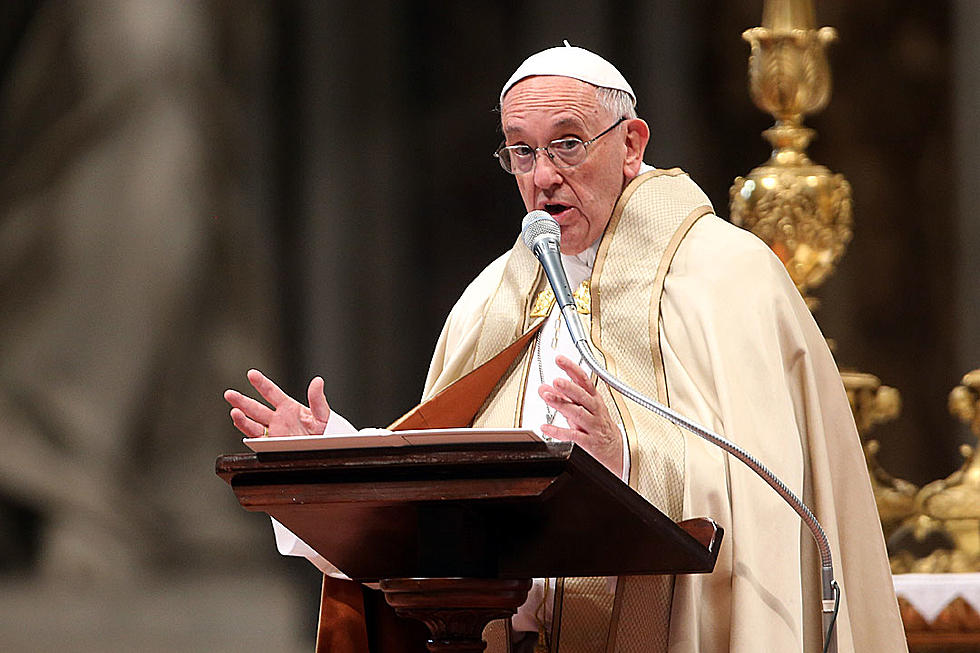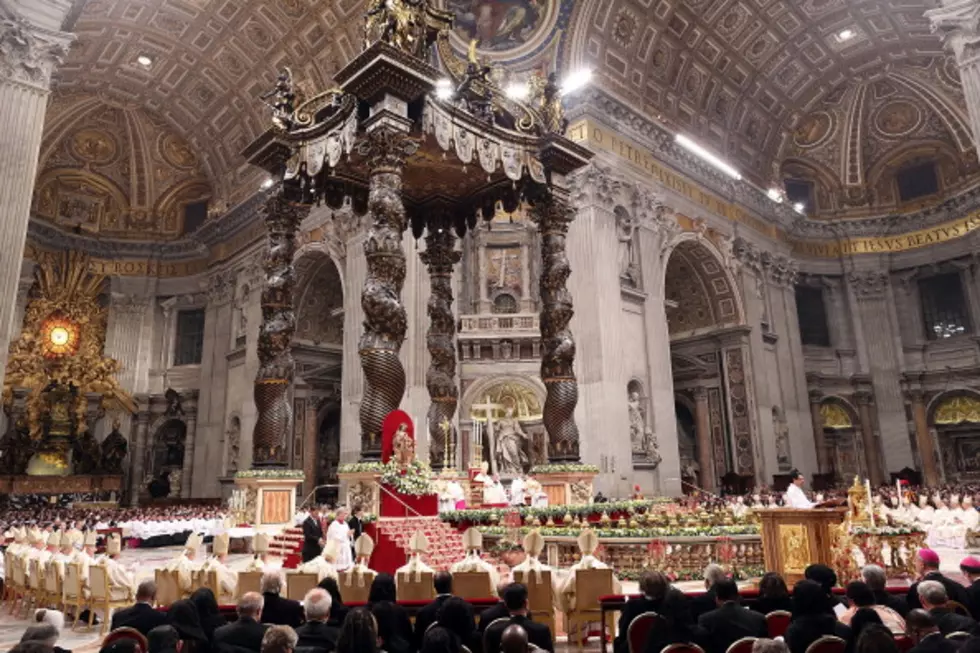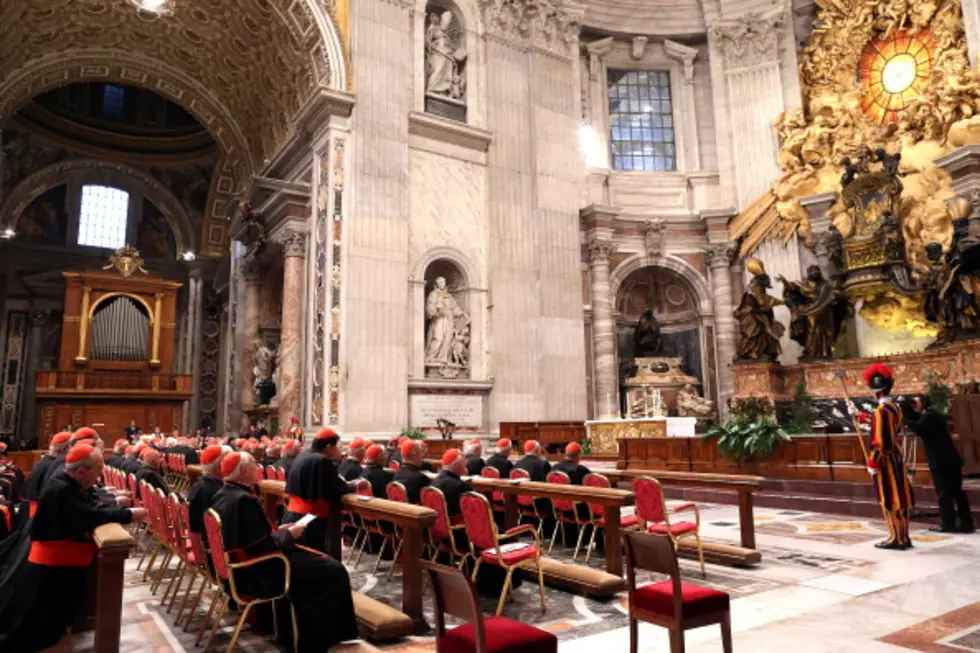
Who Will Elect The Next Pope? United States Will Play Unprecedented Role
While it's been over 600 years since the Roman Catholic Church has had to find a new Pope following a resignation, the election process remains the same as it does for choosing a successor following the death of the pontiff. What might be different this time around is the influence that American cardinals have on the process.
Thanks to the Cardinals that were named by out-going Pope Benedict XVI, the United States holds a 10% share of the Conclave - the body that will meet to chose the next leader of the Vatican and the Roman Catholic Church.
Last year, he named three new American cardinals, increasing the U.S. total to 19. Only 11 will be electors because in order to vote in the papal election, the cardinals must be under 80 when the pope being replaced dies or leaves his seat.
With 11 votes, the U.S. is now the second-largest bloc, behind only Italy, which has 28 electors, according to the Holy See press office at the Vatican. Germany is third, with six.
On the surface, that might suggest that the next pontiff would steer the Church on a more liberal course - as the American Catholic Church as a block, represents a less conservative approach. That assumption would probably be wrong. Pope Benedict, much like Pope John Paul II before him, approached the position with a more conservative flair than their predecessors. The majority of Cardinals that will chose the next Pope were named by either Pope Benedict or Pope John Paul, so it's logical to believe that they share that conservative approach.
So then, how is a Pope elected? There are many considerations and traditions that surround the process - which have been drawn out over the past two millennia. In general, the Cardinals will meet in Vatican City - after a period of mourning (In the case of Pope Benedict's successor, no mourning period will be necessary, as the pontiff is only resigning). The cardinals meet in St Peter's Basillica and a voting process commences. Vatican rules dictate how many votes may be made in a certain day, but in general - they vote until a successor is elected. The ballots are burned in a method of communicating to the waiting public whether or not a Pope has been elected; Dark smoke signals that the election didn't result in a new Pope - while white smoke signals that there has been a Pope elected.
[Some source material was obtained from Wikipedia]
More From KOOL 101.7









